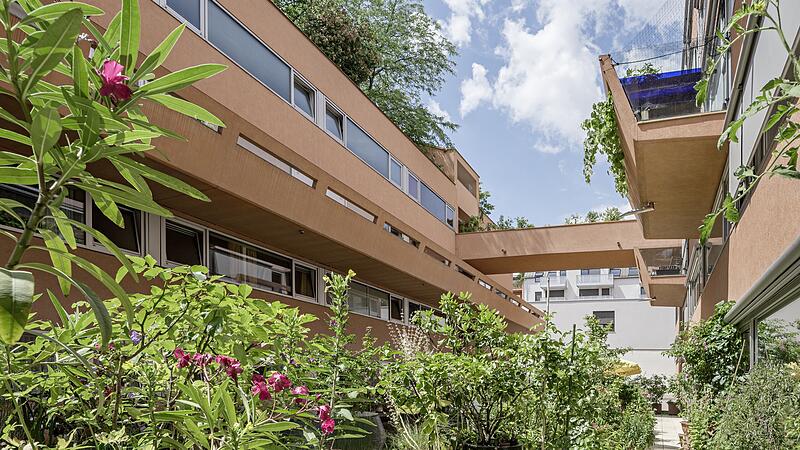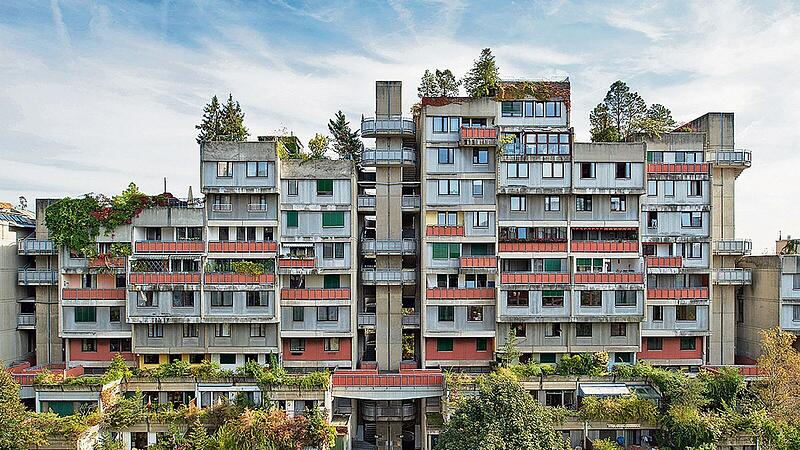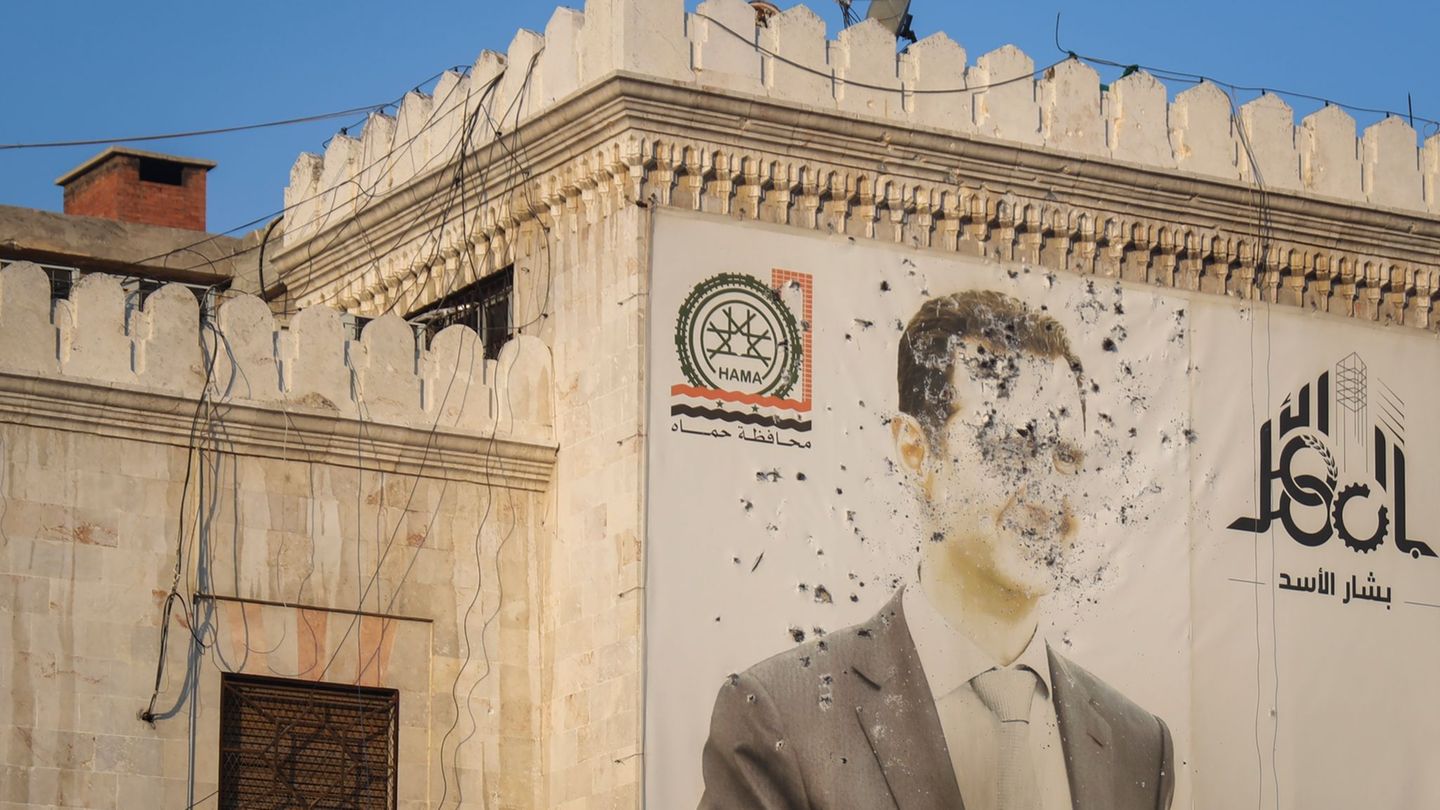“One big thing is the architecture […] Because to have built is a necessity. Having built properly depends on both necessity and usefulness. However, to have built in such a way that the elegant and the common people like it is only possible with the experience of an educated and well-considered artist. “
At the beginning of modern architectural theory, the Florentine Leon Battista Alberti (1404–1472) formulated a universal claim for successful, proven architecture around the middle of the 15th century. Of course we live in other times. But the question of when a plan or a building has proven itself over a longer period of use is still not an easy one to decide. This is due to the complexity of the matter and there are no clear criteria.
In order to create architecture, there is hardly any other design discipline that different aspects and approaches have to be brought together. The terms functionality, economy, sustainability, technology and construction, aesthetics and beauty roughly outline what buildings should achieve. All of this combined with the demand for social suitability, which ideally does not benefit the interests of individuals but of society as a whole.
The fact that some of these aspects can even conflict does not make things any easier. Excessive aesthetic demands can be at the expense of function and usefulness, a one-sided view of economy and efficiency often creates boring, faceless buildings.


At the Upper Austrian Daidalos Architecture Prize, the special “Proven Buildings” prize is also awarded. This also conceals a certain claim to timelessness. Fulfilling this in our present, which is characterized by ever faster changing trends, fashions and individual preferences, is not always easy. Buildings and plans, which a few decades ago still fit in perfectly with the times, often no longer meet today’s standards and requirements. For this reason, many design and construction works even in the recent past are now being called into question or at risk. Ultimately, a certain flexibility and adaptability also determine the quality of a proven structure.
Given all these aspects, are planning and architecture stuck in an almost unsolvable dilemma from the start? The multitude of excellent Upper Austrian buildings over the past decades proves the opposite. What is their “secret”? Unambiguous answers cannot be formulated. One can help oneself, however, with the slightly vague but still apt term of architectural appropriateness. It plays a central role in architectural theory and criticism.
An appropriate design (including its implementation) leads to the many mentioned, sometimes conflicting aspects and requirements of a building in a balanced balance that corresponds to the building task. What sounds like a boring, calculated approach does not exclude experiments, aesthetic daring, tense confrontation, creative wit, new methods and formal provocation. Ultimately, it depends on the focus that is negotiated and agreed between the client and the planner. The question of appropriateness will definitely be the question of the Daidalos. The focus will be on the benefit and satisfaction of the users who live in and with the buildings, urban planning or public spaces every day over a longer period of time.
OÖN Architecture Prize Daidalos: Application
1. Who?
Architecture offices, civil engineering offices and interdisciplinary project teams (e.g. town planners, landscape planners) are invited to submit for the Upper Austrian Daidalos Architecture Prize.
2. Was?
Projects in Upper Austria that have been completed at the time of submission will be admitted. They must not be more than four and a half years old (completion after January 1, 2017), with the exception of the special price “Proven Buildings”. The objects here must have been completed between 1990 and 2010.
3. How?
Up to five photos (no renderings; photo rights must be specified), up to five plans and an explanatory text with a maximum of 1500 characters are permitted for submission. You can find more information on submission at nachrichten.at/daidalos
The link to the submission itself, which is processed digitally, can also be found here. The deadline for submitting the Daidalos is January 16, 2022.
Source: Nachrichten




